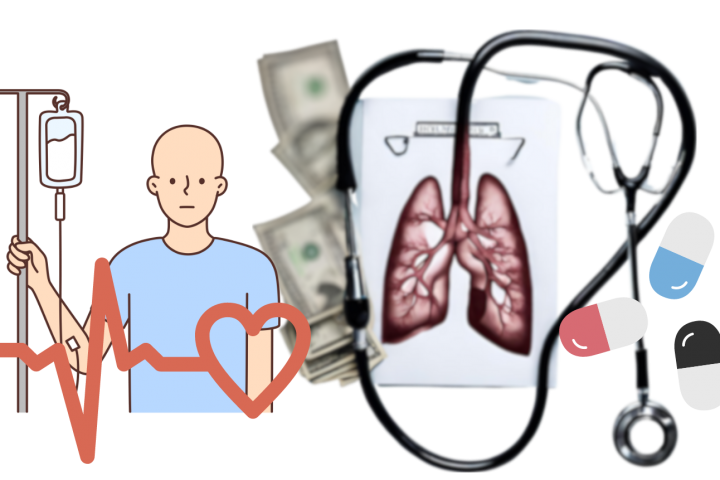By Akshat Jain MD, MPH
Hematology Oncology and Cellular Therapy
Faculty Department of Pediatrics & Clinical Medicine
Loma Linda University School of Medicine
Loma Linda University Children’s Hospital
Assistant Professor of Public Health
Loma Linda School of Public Health
The paper’s findings have important implications for treating low-risk first-relapse B-ALL patients. The study demonstrated that adding blinatumomab to standard chemotherapy can improve survival outcomes for patients with BM involvement. However, it suggests novel treatment approaches are needed for patients with isolated CNS relapse.
It is important to note that this study adds to the growing body of evidence supporting the use of immunotherapies like blinatumomab in the treatment of relapsed B-ALL patients. The positive results of this trial may encourage further research and development of immunotherapy-based approaches for other subsets of ALL patients.
Ultimately, the study sheds valuable light on how blinatumomab is applied in real-world applications in low-risk B-ALL relapses. While the therapy demonstrated efficacy in improving outcomes for certain patient groups, further research is needed to address challenges associated with specific relapse sites and to refine treatment strategies for better outcomes in all patient populations.
Current ongoing clinical approaches aimed at improving outcomes for pediatric acute lymphoblastic leukemia (ALL):
1. Immunotherapy: Immunotherapy is a promising approach that harnesses the body’s immune system to target and eliminate cancer cells. Clinical trials are investigating therapies like chimeric antigen receptor (CAR) T-cell therapy, where a patient’s immune cells are engineered to target leukemia cells, and bispecific T-cell engagers (BiTEs), which bring T cells close to cancer cells for targeted killing.
2. Targeted Therapies: Researchers are developing targeted therapies that specifically address genetic mutations and molecular abnormalities found in leukemia cells. These therapies disrupt the signaling pathways that promote cancer growth and survival while sparing healthy cells.
3. Minimal Residual Disease (MRD) Monitoring: Clinical trials are assessing the use of MRD testing, which detects small amounts of remaining cancer cells after treatment, to guide treatment decisions. Adjusting therapy based on MRD levels can help prevent relapse and improve overall survival rates.
4. Reduced Intensity Treatment: Trials are exploring ways to reduce the intensity and duration of treatment while maintaining high cure rates. This approach aims to minimize the long-term side effects of traditional chemotherapy regimens.
5. Precision Medicine: Through genomic analysis of leukemia cells, researchers identify genetic mutations that drive cancer growth. This information can guide the selection of targeted therapies that are most likely to be effective for each patient.
6. Supportive Care: Clinical trials evaluate interventions to manage side effects and improve the overall quality of life for pediatric patients undergoing treatment. This includes strategies to mitigate treatment-related toxicities and provide psychosocial support for patients and their families.
7. Combination Therapies: Some trials are testing novel combinations of therapies, including traditional chemotherapy agents, targeted therapies, and immunotherapies. These combinations aim to enhance treatment efficacy and reduce the risk of relapse.
8. Early Intervention: Identifying high-risk patients early in the disease course allows for tailored treatment approaches. Clinical trials are investigating ways to predict which patients are more likely to relapse and intervening with intensified therapies or alternative treatments.
9. Pharmacogenomics: Trials explore how genetic variations in patients influence their response to treatment drugs. This information can help personalize treatment plans and reduce adverse reactions.
10. Long-Term Follow-Up: Studies are assessing the long-term effects of childhood ALL treatment on survivors. This includes monitoring for late-onset side effects and implementing interventions to improve survivors’ overall health and well-being.
It’s important to note that while there is a concerted, ongoing effort in advancing research to improve childhood cancer outcomes in the developed West, outcomes for childhood cancer in low and middle-income countries remain dismal. Even the slightest expansion of services and access to novel treatment protocols with existing treatment modalities can potentially revolutionize the survival outcomes of children in low and middle-income countries.






